Japanese Knotweed and Mortgages
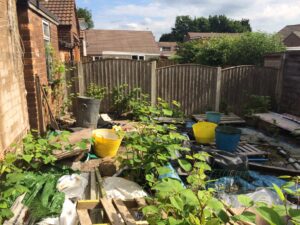

0161 723 2000
8AM to 5PM
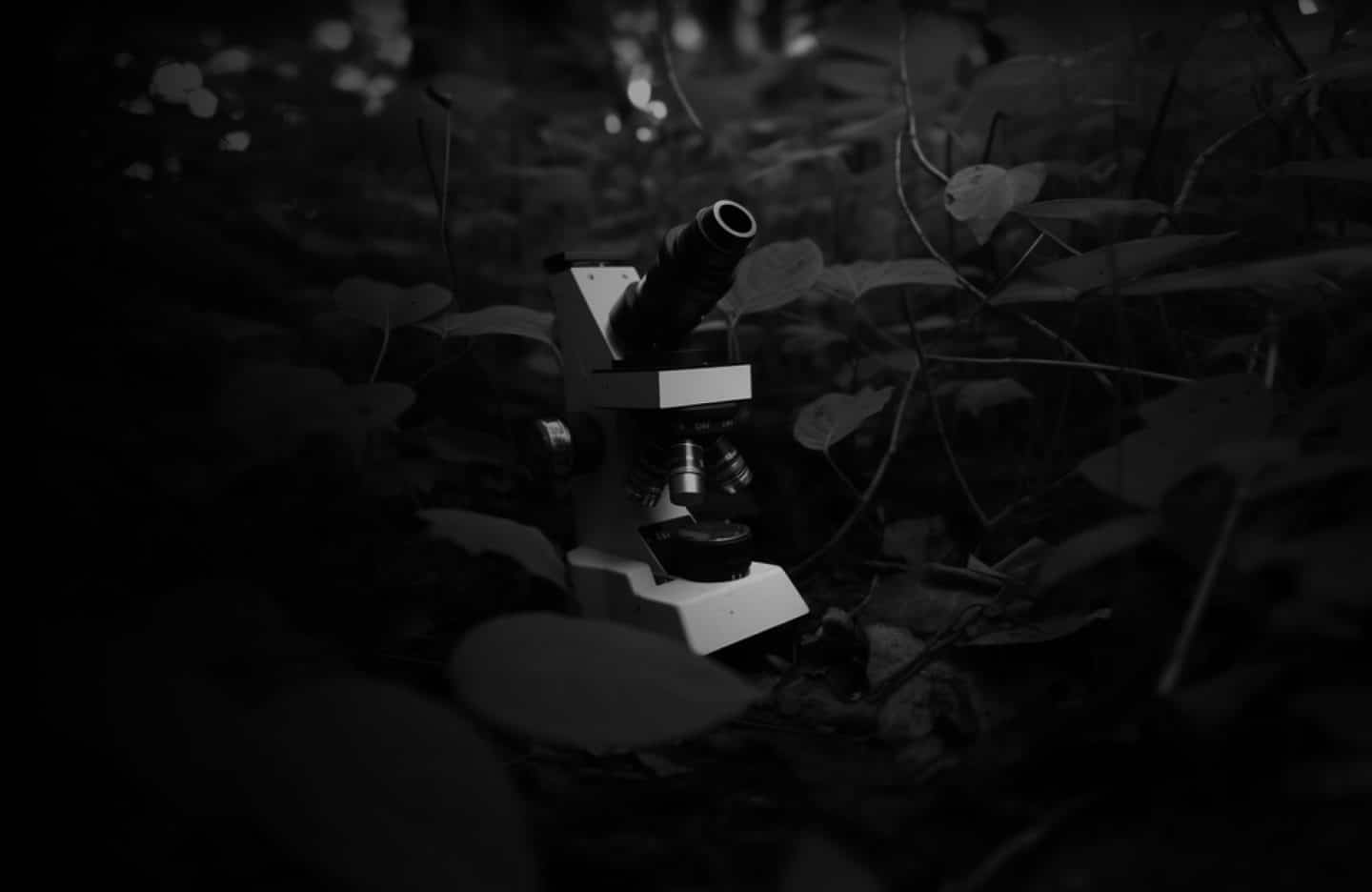

Japanese knotweed, scientifically known as Reynoutria japonica, has been a cause for concern in the UK for several decades now. Originally introduced from Japan as an ornamental plant in the 19th century, it is now recognised as one of Britain’s most invasive species. The growth and spread of this plant has significant implications, especially in the context of mortgages and property values. Here, we will delve into the relationship between Japanese knotweed and the mortgage market in the UK.
One of the primary concerns associated with Japanese knotweed is its rapid growth and strong, extensive root system, known as rhizomes. These rhizomes can extend up to 7 metres horizontally and 3 metres deep. As they grow, they can penetrate weaknesses in foundations, drains, and walls, causing significant structural damage. This potential damage can be a nightmare for homeowners, as it can lead to costly repairs and a decline in property value.
For potential buyers, the presence of Japanese knotweed on a property can be off-putting. Many are aware of the plant’s reputation and the challenges of successful treatment. As a result, properties with Japanese knotweed are often seen as less desirable, leading to a drop in their market value.
When it comes to securing a mortgage from a lender, the presence of Japanese knotweed can complicate matters. Lenders in the UK have become increasingly wary of providing mortgages for properties affected by this invasive species. Their reservations stem from the potential risks and costs associated with the plant, as well as the potential decline in the property’s value.
Many mortgage providers will request a professional survey if Japanese knotweed is suspected or known to be on the property. Based on the survey’s findings, the lender might stipulate that a professional treatment plan and insurance backed guarantee be put in place before the loan is granted.
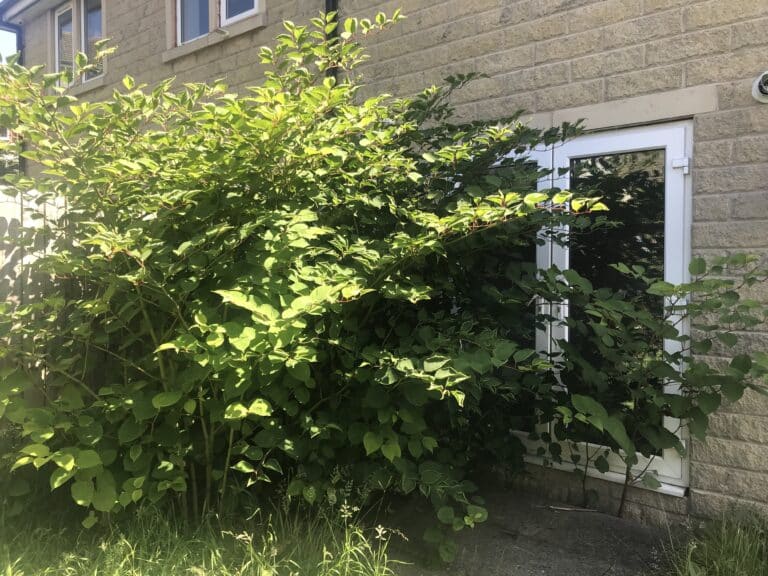
Given the challenges posed by Japanese knotweed, many homeowners and potential buyers opt for professional treatment services. Whilst some may attempt to tackle the plant themselves, its resilience and the potential for even a small fragment of rhizome to regrow make it a daunting task.
Professional treatment typically involves herbicide or, if necessary, mechanical removal. In most cases, it will take several years of treatment to ensure the complete control of the plant. Mortgage lenders often require proof of professional treatment and a guarantee that the plant will not return before they approve a mortgage.
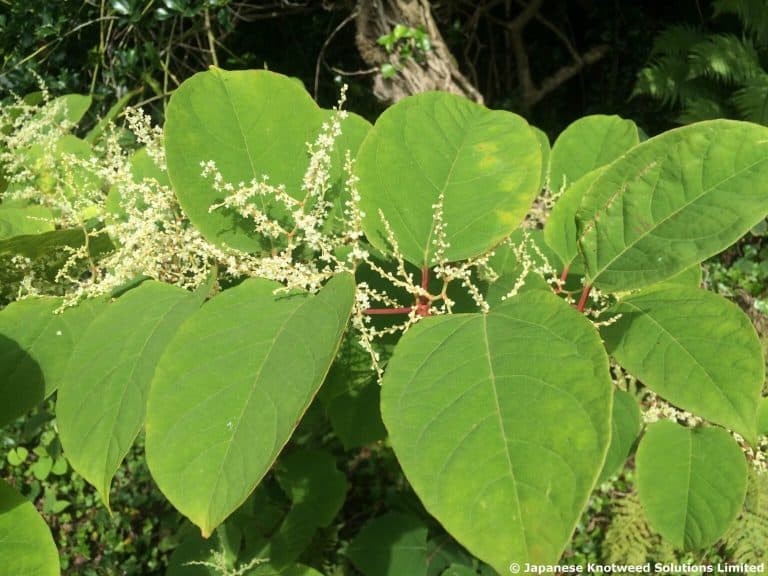
The TA6 form is a legal requirement for anyone selling a property in England and Wales, and includes a question (23.3 in the 5th edition, 2024) about Japanese knotweed. The form asks “Is the property affected by Japanese knotweed?” with possible answers ‘Yes’, ‘No’ and ‘Not known’.
There are explanatory notes for the form, which state that “If you choose ‘No’ as an answer, you must be certain that, even if you cannot see any growth above ground, no rhizome (root) is present in the ground of the property or within three metres of the property boundary… If you are not sure, indicate this as ‘Not known’.”
As Knotweed specialists, it seems that the bar to answering ‘No’ is set at such a high level that it becomes effectively a ‘trap’ option, because even a specialist’s report would generally only use words to the effect that no Knotweed was observed in the survey (not that none was present). Given that a fragment of rhizome as small as one gram can re-grow, it is very hard to verify.
This ‘trap’ has been seen in legal cases in the UK where buyers have sued sellers over knotweed that has been discovered after the sale, or where there is an accusation of misrepresentation. The legal costs alone in some of these cases have run into six figure sums.
By answering “Not known”, the seller is effectively saying “buyer beware” but it is also not clear at which point you are expected to state ‘Yes’ instead of ‘Not known’. If a programme has been signed off as complete (usually seen as two consecutive seasons of no growth following a successful treatment programme), it seems reasonable that the homeowner would be unsure whether the plant is dead or not – but also, if they put the programme in place, it’s clear they had an awareness that knotweed has affected the property.
So, JKSL can’t advise on how to complete the form, but your conveyancing solicitor should be able to advise you. It is important to understand under what circumstances you would be better to answer ‘Yes’ if you have been aware of any Knotweed on site, as this could have potential implications further down the line and protect you from legal action.
For anyone buying a house, this is a question that definitely should not be ignored. If the answer is ‘Not known’, then at least some level of inspection of the property and the surrounding area (at least three metres) by a reliable surveyor is very much preferable. If the answer is “Yes”, this will most likely be picked up by a mortgage lender. The lender may require any or all of a survey, treatment plan, Knotweed management plan and an insurance-backed guarantee, all of which JKSL can provide.
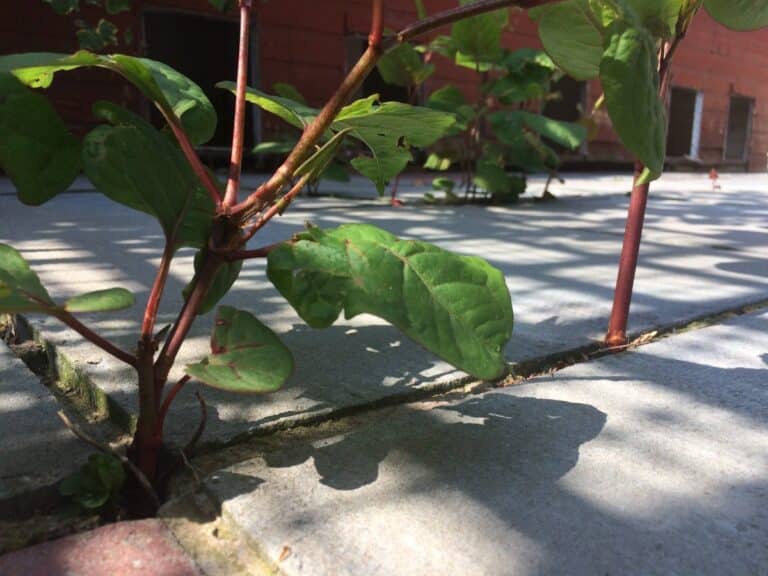
In addition to the mortgage implications, there are legal considerations to bear in mind. Under the Wildlife and Countryside Act 1981, it is illegal to plant or cause Japanese knotweed to grow in the wild. Homeowners who allow the plant to spread onto neighbouring properties might find themselves facing legal action.
Furthermore, if a seller does not disclose the presence of Japanese knotweed during a property sale, they can be sued for misrepresentation. This has led to an increased emphasis on thorough surveys and transparency during property transactions.
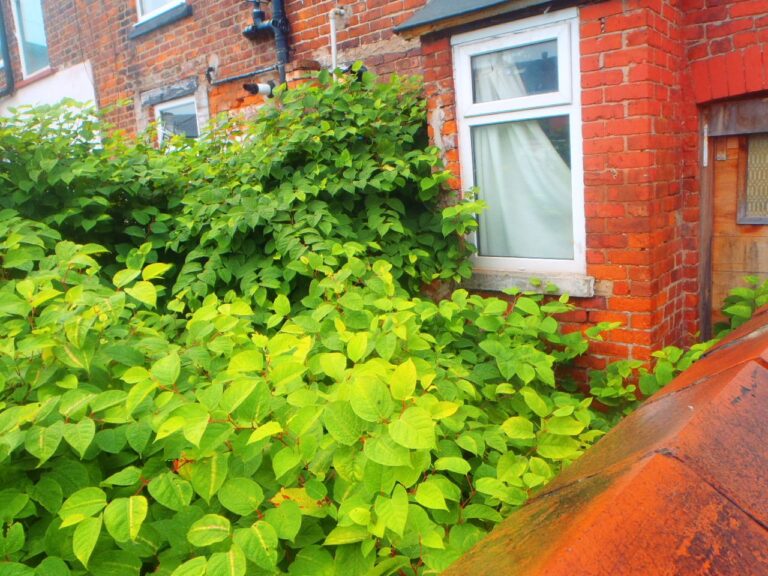
Japanese knotweed’s impact on the UK property market and mortgage sector cannot be understated. Its rapid growth, potential to cause structural damage, and the challenges associated with its removal make it a significant concern for homeowners, buyers, and mortgage lenders alike.
As the UK continues to grapple with the challenges posed by this invasive species, it is essential for homeowners to be aware of the potential implications of Japanese knotweed. Careful management, professional treatment and transparency during property transactions can mitigate the risks and challenges associated with this tenacious plant.